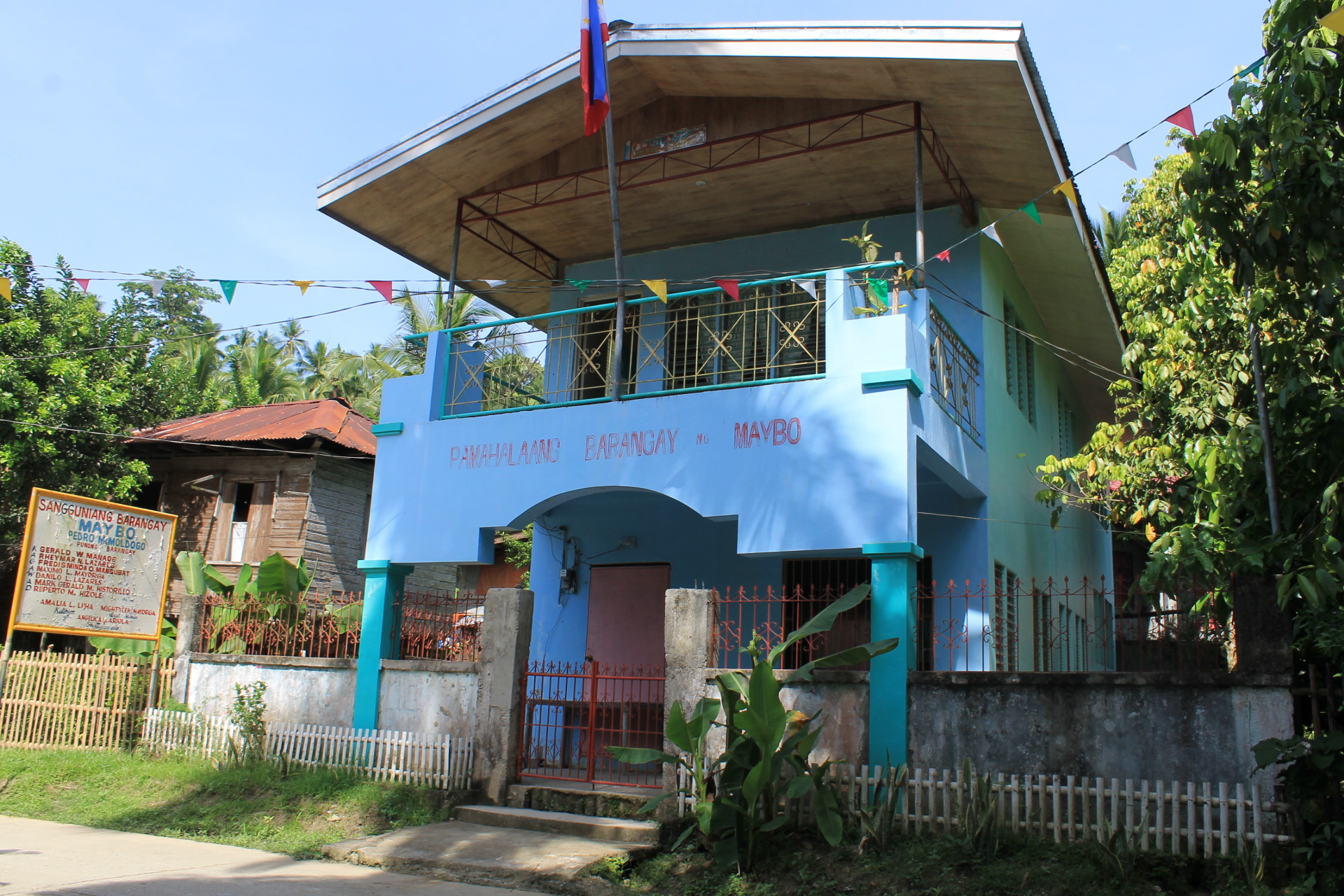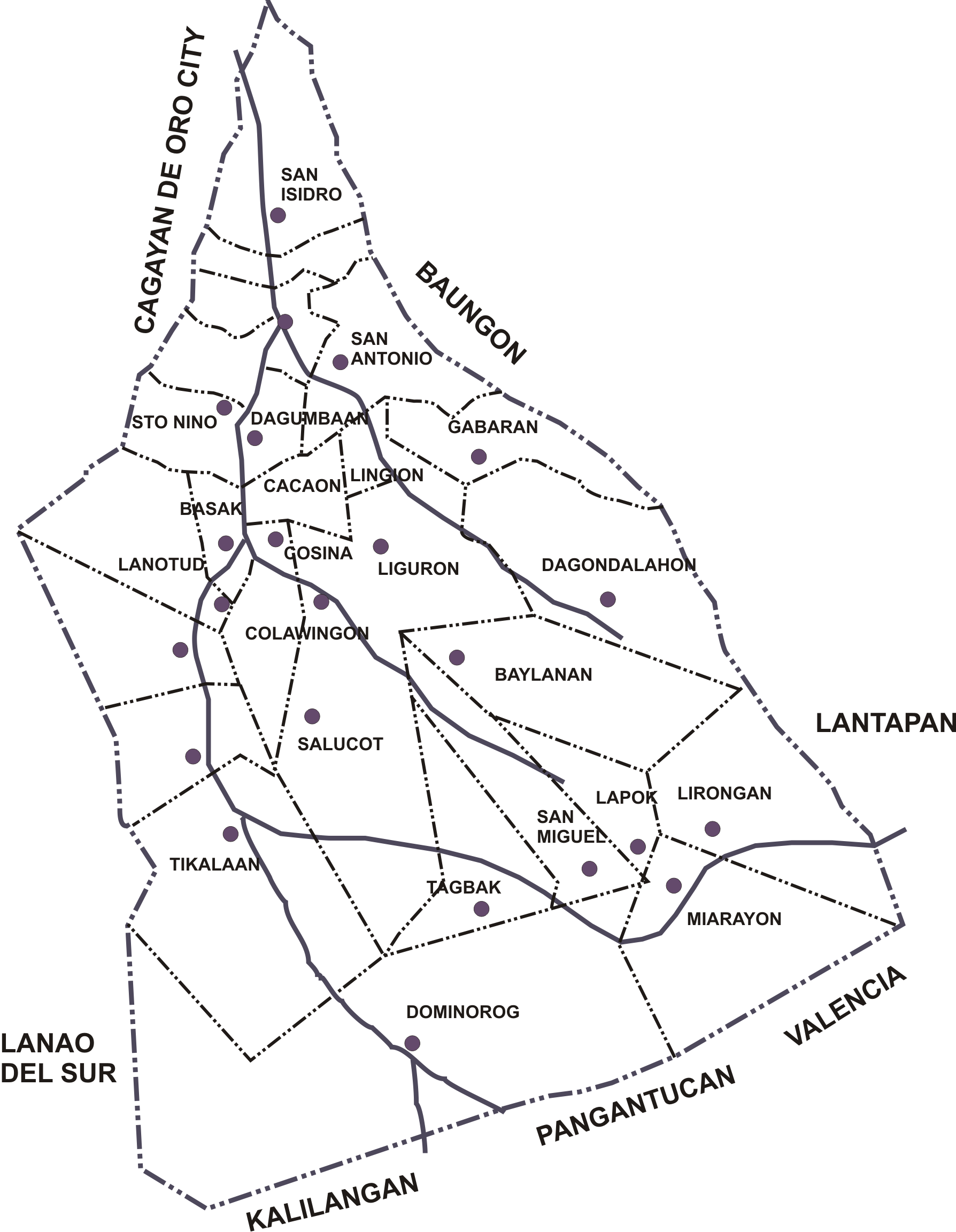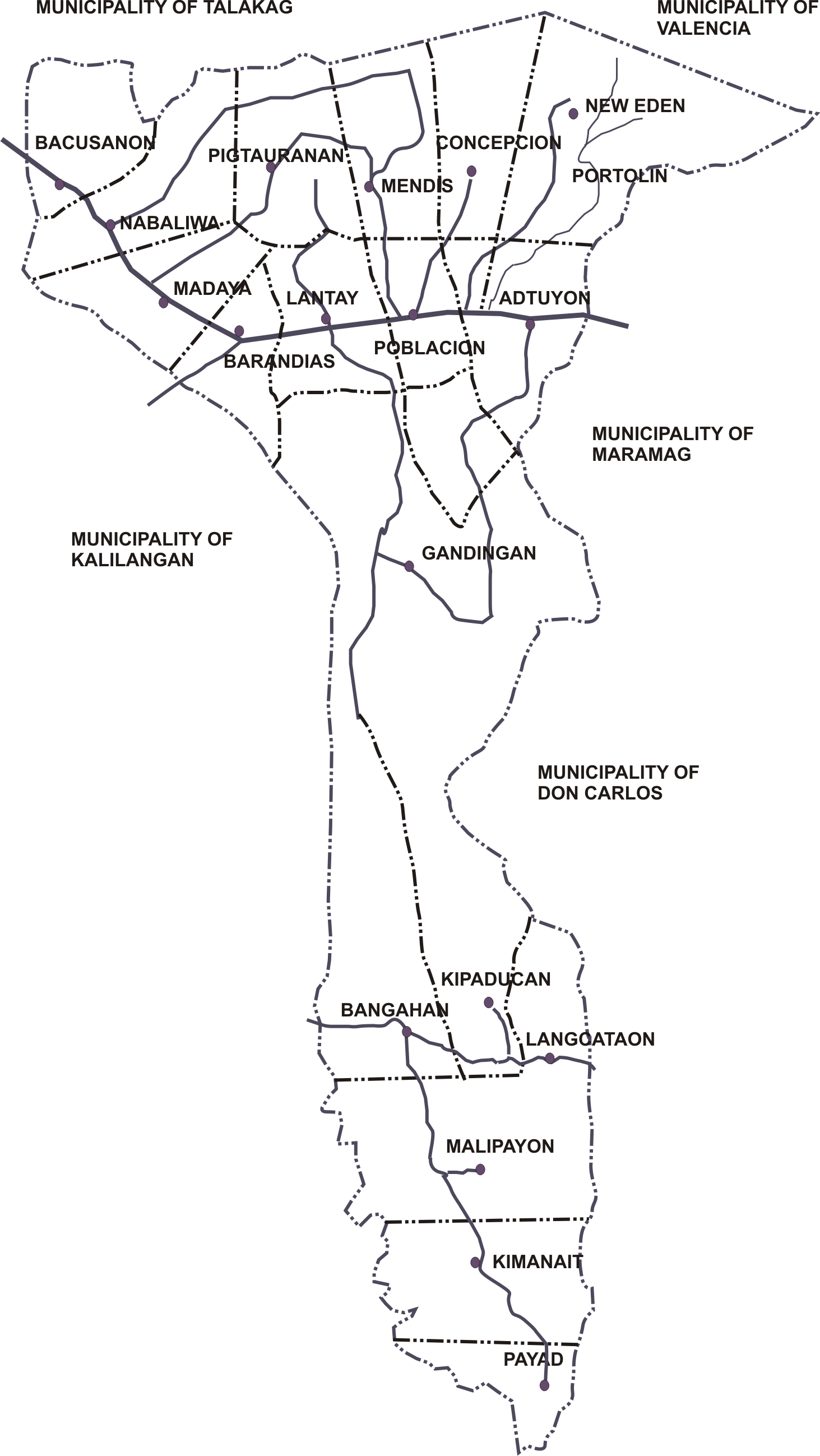|
Lilingayon
Lilingayon is the largest of the 31 barangays of Valencia City, Bukidnon. It is bounded by Mount Nebo, Guinoyuran, and Lourdes, in the east, the municipality of Lantapan in the north, the municipalities of Talakag and Pangantucan in the west, and the municipality of Maramag Maramag, officially the Municipality of Maramag ( ceb, Lungsod sa Maramag; tl, Bayan ng Maramag), is a 1st class municipality of the Philippines, municipality in the Philippine Province, province of Bukidnon, Philippines. According to the 2020 ... in the south.Political Map of Valencia City (2002)."" Among the tourist attractions of Lilingayon are its over a dozen waterfalls. Two of the better known ones are Kimatahay and Alamay, both along the Tandacol River. References {{coord missing, Philippines Barangays of Valencia, Bukidnon ... [...More Info...] [...Related Items...] OR: [Wikipedia] [Google] [Baidu] |
Valencia City, Bukidnon
Valencia, officially the City of Valencia ( ceb, Dakbayan sa Valencia; fil, Lungsod ng Valencia), is a 2nd class component city in the province of Bukidnon, Philippines. According to the 2020 census, it has a population of 216,546 people. Valencia attained its city status after the ratification of Republic Act No. 8985 on January 12, 2001. The city is the most populous among all cities and municipalities, and the 6th largest in terms of area in the province of Bukidnon. It is also the most populous inland/landlocked city in Mindanao. It is the third largest city in Northern Mindanao in terms of population, after Cagayan de Oro and Iligan respectively. The city serves as the center of trade and commerce in the province of Bukidnon. History Origins The territory that now comprises the city of Valencia is combined from thirteen barangays of Malaybalay. The earliest inhabitants in the area, presently comprising part of the Poblacion, were Bukidnon natives who founded a settleme ... [...More Info...] [...Related Items...] OR: [Wikipedia] [Google] [Baidu] |
Mount Nebo (Philippines)
Mt. Nebo is one of the 31 barangays of Valencia City, Bukidnon. It includes the sitios of Hillside, Handuman, Tama-ing, Migtulod, MVC, Mirasol, Hillside 2. It is bounded by Lurogan in the east, Lilingayon in the northwest, the municipality of Lantapan in the north, and Tugaya Tugaya, officially the Municipality of Tugaya (Maranao: ''Inged a Tugaya''; tl, Bayan ng Tugaya), is a 5th class municipality in the province of Lanao del Sur, Philippines. According to the 2020 census, it has a population of 24,778 people. The ... in the south.Political Map of Valencia City (2002)." " References Barangays of Valencia, Bukidnon {{NMindanao-geo-stub ... [...More Info...] [...Related Items...] OR: [Wikipedia] [Google] [Baidu] |
Philippines
The Philippines (; fil, Pilipinas, links=no), officially the Republic of the Philippines ( fil, Republika ng Pilipinas, links=no), * bik, Republika kan Filipinas * ceb, Republika sa Pilipinas * cbk, República de Filipinas * hil, Republika sang Filipinas * ibg, Republika nat Filipinas * ilo, Republika ti Filipinas * ivv, Republika nu Filipinas * pam, Republika ning Filipinas * krj, Republika kang Pilipinas * mdh, Republika nu Pilipinas * mrw, Republika a Pilipinas * pag, Republika na Filipinas * xsb, Republika nin Pilipinas * sgd, Republika nan Pilipinas * tgl, Republika ng Pilipinas * tsg, Republika sin Pilipinas * war, Republika han Pilipinas * yka, Republika si Pilipinas In the recognized optional languages of the Philippines: * es, República de las Filipinas * ar, جمهورية الفلبين, Jumhūriyyat al-Filibbīn is an archipelagic country in Southeast Asia. It is situated in the western Pacific Ocean and consists of around 7,641 islands t ... [...More Info...] [...Related Items...] OR: [Wikipedia] [Google] [Baidu] |
Mindanao
Mindanao ( ) ( Jawi: مينداناو) is the second-largest island in the Philippines, after Luzon, and seventh-most populous island in the world. Located in the southern region of the archipelago, the island is part of an island group of the same name that also includes its adjacent islands, notably the Sulu Archipelago. According to the 2020 census, Mindanao has a population of 26,252,442 people, while the entire island group has an estimated population of 27,021,036 according to the 2021 census. Mindanao is divided into six administrative regions: the Zamboanga Peninsula, Northern Mindanao, the Caraga region, the Davao region, Soccsksargen, and the autonomous region of Bangsamoro. According to the 2020 census, Davao City is the most populous city on the island, with 1,776,949 people, followed by Zamboanga City (pop. 977,234), Cagayan de Oro (pop. 728,402), General Santos (pop. 697,315), Butuan (pop. 372,910), Iligan (pop. 363,115) and Cotabato City (pop. 325,079). ... [...More Info...] [...Related Items...] OR: [Wikipedia] [Google] [Baidu] |
Bukidnon
Bukidnon(), officially the Province of Bukidnon ( ceb, Lalawigan sa Bukidnon; fil, Lalawigan ng Bukidnon; hil, Kapuroan sang Bukidnon; Binukid and Higaonon: ''Probinsya ta Bukidnon''), is a landlocked province in the Philippines located in the Northern Mindanao region. Its capital is the city of Malaybalay. The province borders, clockwise from the north, Misamis Oriental, Agusan del Sur, Davao del Norte, Cotabato, Lanao del Sur, and Lanao del Norte. According to the 2020 census, the province is inhabited by 1,541,308 residents. The province is composed of 2 component cities and 20 municipalities. It is the third largest province in the country in terms of total area of jurisdiction behind Palawan and Isabela respectively. The name "Bukidnon" means "highlander" or "mountain dweller." Occupying a wide plateau in the north central part of the island of Mindanao, the province is considered to be the food basket of the region, being the major producer of rice and corn. Products ... [...More Info...] [...Related Items...] OR: [Wikipedia] [Google] [Baidu] |
Congressional Districts Of Bukidnon
The legislative districts of Bukidnon are the representations of the province of Bukidnon in the various national legislatures of the Philippines. The province is currently represented in the lower house of the Congress of the Philippines through its first, second, third, and fourth congressional districts. History Prior to gaining separate representation, areas now under the jurisdiction of Bukidnon were represented under the Department of Mindanao and Sulu (1917–1935). The voters of Bukidnon were finally given the right to elect their own representative through popular vote beginning in 1935 by virtue of Article VI, Section 1 of the 1935 Constitution. During the Second World War, the Province of Bukidnon sent two delegates to the National Assembly of the Japanese-sponsored Second Philippine Republic: one was the provincial governor (an ''ex officio'' member), while the other was elected through a provincial assembly of KALIBAPI members during the Japanese occupatio ... [...More Info...] [...Related Items...] OR: [Wikipedia] [Google] [Baidu] |
Barangay
A barangay (; abbreviated as Brgy. or Bgy.), historically referred to as barrio (abbreviated as Bo.), is the smallest administrative division in the Philippines and is the native Filipino term for a village, district, or ward. In metropolitan areas, the term often refers to an inner city neighborhood, a suburb, or a suburban neighborhood or even a borough. The word ''barangay'' originated from ''balangay'', a type of boat used by a group of Austronesian peoples when they migrated to the Philippines. Municipalities and cities in the Philippines are politically subdivided into barangays, with the exception of the municipalities of Adams in Ilocos Norte and Kalayaan in Palawan, with each containing a single barangay. Barangays are sometimes informally subdivided into smaller areas called ''purok'' ( en, "wikt:zone, zone"), or barangay zones consisting of a cluster of houses for organizational purposes, and ''sitios'', which are territorial enclaves—usually rural—far from t ... [...More Info...] [...Related Items...] OR: [Wikipedia] [Google] [Baidu] |
Philippine Standard Time
Philippine Standard Time (PST or PhST; fil, Pamantayang Oras ng Pilipinas), also known as Philippine Time (PHT), is the official name for the time zone used in the Philippines. The country only uses one time zone, at an offset of UTC+08:00, but has used daylight saving time for brief periods in the 20th century. Geographic details Geographically, the Philippines lies and 126°34′ east of the Prime Meridian, and is physically located within the UTC+08:00 time zone. Philippine Standard Time is maintained by the Philippine Atmospheric, Geophysical and Astronomical Services Administration (PAGASA). The Philippines shares the same time zone with China, Taiwan, Hong Kong, Macau, Malaysia, Singapore, Western Australia, Brunei, Irkutsk, Central Indonesia, and most of Mongolia. History Philippine Standard Time was instituted through Batas Pambansa Blg. 8 (that defined the metric system), approved on December 2, 1978, and implemented on January 1, 1983. The Philippines is one of ... [...More Info...] [...Related Items...] OR: [Wikipedia] [Google] [Baidu] |
Barangays
A barangay (; abbreviated as Brgy. or Bgy.), historically referred to as barrio (abbreviated as Bo.), is the smallest administrative division in the Philippines and is the native Filipino term for a village, district, or ward. In metropolitan areas, the term often refers to an inner city neighborhood, a suburb, or a suburban neighborhood or even a borough. The word ''barangay'' originated from ''balangay'', a type of boat used by a group of Austronesian peoples when they migrated to the Philippines. Municipalities and cities in the Philippines are politically subdivided into barangays, with the exception of the municipalities of Adams in Ilocos Norte and Kalayaan in Palawan, with each containing a single barangay. Barangays are sometimes informally subdivided into smaller areas called '' purok'' ( en, "zone"), or barangay zones consisting of a cluster of houses for organizational purposes, and ''sitios'', which are territorial enclaves—usually rural—far from the barangay ... [...More Info...] [...Related Items...] OR: [Wikipedia] [Google] [Baidu] |
Lantapan, Bukidnon
Lantapan, officially the Municipality of Lantapan ( Bukid and Higaonon: Banuwa ta Lantapan; ceb, Lungsod sa Lantapan; tl, Bayan ng Lantapan), is a 1st class municipality in the province of Bukidnon, Philippines. According to the 2020 census, it has a population of 65,974 people. Lantapan is known as the “vegetable basket” of Mindanao. It used to be a barrio of Malaybalay until its creation, by virtue of Republic Act No. 4787 enacted on 18 June 1968, as a separate municipality. Geography The town is on a plateau in the heart of Bukidnon, situated between the Kalatungan and Kitanglad Mountain Ranges, after which its native name of "''lantapan''" was derived which means "level-on-top". Lantapan is bounded on the north by the municipalities of Sumilao and Impasugong; east by Malaybalay City; south by Valencia City; and west by Talakag. It lies above sea level at an average of and a maximum of of the Kitanglad range. It has an aggregate area of 318.2 km2, mostly agri ... [...More Info...] [...Related Items...] OR: [Wikipedia] [Google] [Baidu] |
Talakag, Bukidnon
Talakag, officially the Municipality of Talakag ( Bukid and Higaonon: Banuwa ta Talakag; ceb, Lungsod sa Talakag; tl, Bayan ng Talakag), is a 1st class municipality in the province of Bukidnon, Philippines. According to the 2020 census, it has a population of 77,027 people. It is located on the border to major cities of Cagayan de Oro and Iligan, and between Marawi and Malaybalay, the provincial capital. Etymology Once in the not so distant past, a nomadic tribe wandered down south. Finally, they settled upon a place attuned to their needs and liking. The place, was traversed by a zigzagging creek swollen with clear sparkling water where on its banks grew in abundance wild Malayan trees called “Balangas” (now popularly known as Rambutan – Nephelium lappaceum of the Family: Sapindaceae). The trees were full of attractive bloody red but juicy and delicious fruits, clustered in their very green foliages. Because of fanatical attachment of this tribe to these balangas trees, ... [...More Info...] [...Related Items...] OR: [Wikipedia] [Google] [Baidu] |
Pangantucan, Bukidnon
Pangantucan, officially the Municipality of Pangantucan ( ceb, Lungsod sa Pangantucan; tl, Bayan ng Pangantucan), is a 1st class municipality in the province of Bukidnon, Philippines. According to the 2020 census, it has a population of 56,580 people. History The name “Pangantucan”, meaning wisdom and strength, is dedicated to a white stallion. The horse uprooted a bamboo stalk in time to warn his master, a ''datu'' of the tribe, of the impending threat of Manobo raiders, thereby saving the tribe from massacre. Pangantucan was once a ''barrio'' of Maramag, and as the seat of government it was merged in 1931 with neighbouring Adtuyon, Dominorog, Panalagsagan, Kalilangan and Barandias to form a separate municipal district. It was granted Municipal status in 1961. Geography Pangantucan is one of 20 municipalities in the Province of Bukidnon. It is situated at the south–western part of the province of Bukidnon and located approximately south of Malaybalay, the capital tow ... [...More Info...] [...Related Items...] OR: [Wikipedia] [Google] [Baidu] |







